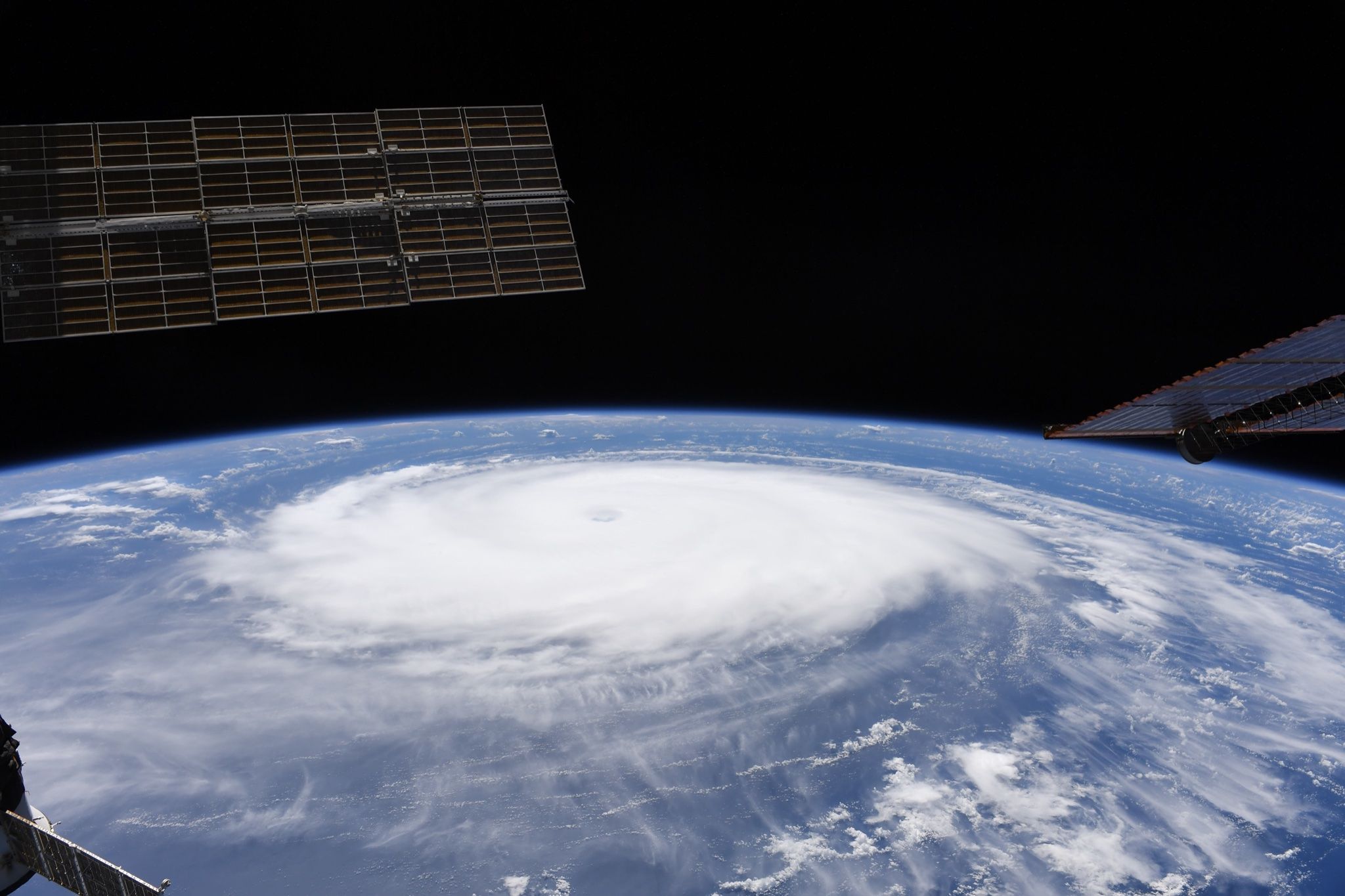Hurricane Sam, which got a ‘Category 4’ classification recently, tends to grow bigger and is being tagged as a major hurricane by climate monitoring agencies of the United States, according to media reports.
Sam is one of the two named storms that are currently active in the Atlantic ocean. The National Hurricane Center of the United States defined the swirl as a “small but dangerous” hurricane in an advisory.
The United States National Hurricane Center said Sam was centered about 825 miles (1,325 kilometers) south-southeast of Bermuda and is likely to pass to the east of the island, according to reports from Associated Press.
However, the storm conditions were expected because tropical storm-force winds extended 150 miles (240 km) from its center.
A tropical storm watch was issued for the Bermuda Islands as Hurricane Sam swirled into a powerful Category 4 phenomenon.
Astronaut Megan McArthur, who is aboard the International Space Station, shared her clicks of the storm from a bird’s eye view on Twitter.
Similar data was recorded for the storm Ida that disrupted the southern coast of the United States earlier this year in August. Louisiana saw winds as high as 150 mph as Ida closed in. The storm also ravaged parts on the eastern coast, triggering major floods in New York, New Jersey and other states.
Richard Pasch, an official at the United States National Hurricane Center said in a statement, “Right now we’re not forecasting it to make landfall over any coastal locations, but it’s certainly a big hazard for ships at sea, and again those swells are impacting a large area of the western Atlantic”, according to reports from Associated Press.
Another system, Tropical Storm Victor, has also formed over the eastern tropical Atlantic about 540 miles (870 kilometers) south of the Cabo Verde Islands.







